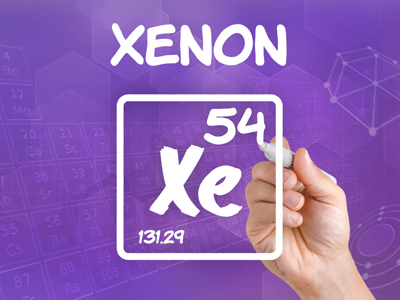

Bonding
Molecules are formed when atoms bond together. Chemical bonding is hugely important in chemistry and, unsurprisingly, it forms a large part of the GCSE Chemistry syllabus. This is the first of four quizzes on bonding and it looks at some of the types of bonding – covalent, ionic and metallic - which occur between different elements.
A chemical bond is an attraction between atoms. Everything in nature wants to be stable. For atoms, this means having a full outer shell of electrons. To do this, atoms need to have the electron structure of one of the unreactive noble gases. These are the elements in the group at the extreme right hand end of the most commonly used periodic table. There are different ways of numbering the groups of the periodic table. Most UK exam boards still follow the convention that the number of electrons in the outer shell = the number of the group. If you study chemistry to higher levels, you will find that this is no longer the case other than for groups 1 and 2, so most schools teach that the noble gases are in group 8, but a few call it group 0 or group 18.
To achieve this, atoms give away electrons to other atoms; some will take electrons from other atoms and some will share their outer electrons with other atoms. How atoms achieve states of stability determines which types of bonding they undertake; whether it be covalent or ionic. There are other types of bonding too but you will only need to learn about covalent, ionic and metallic bonding for your GCSE exams.
Ready for more?
not all...
quizzers. Try to win a coveted spot on our Hall of Fame Page.






